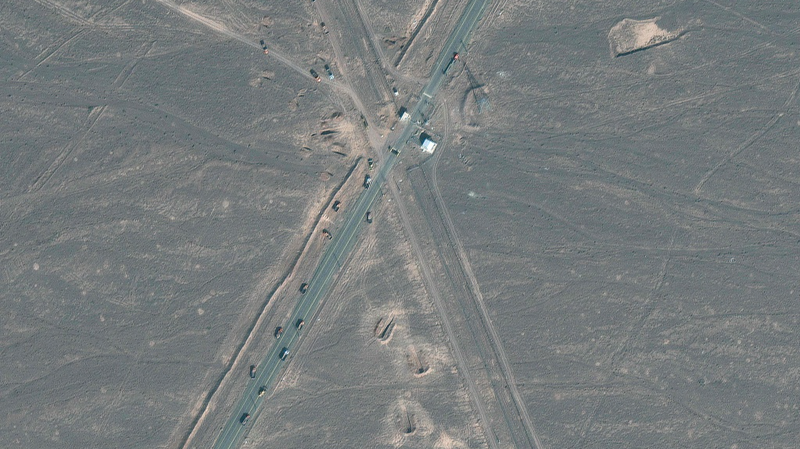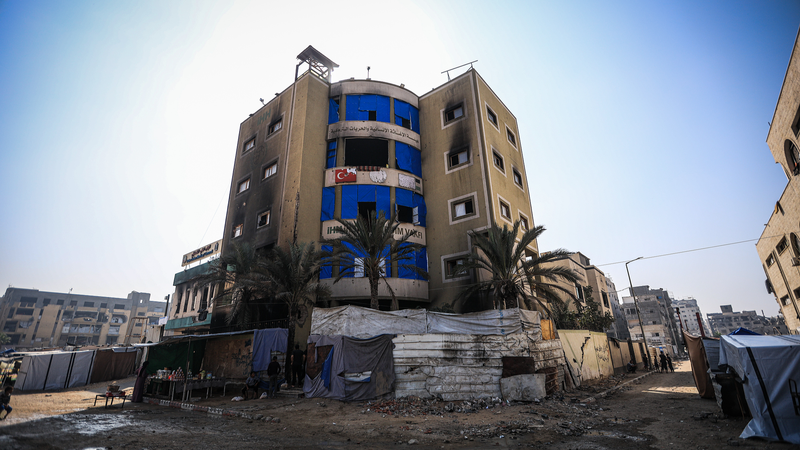In a surprising twist in the Middle East drama, the United States launched precision airstrikes on deeply buried Iranian nuclear sites using B-2 bombers. This bold move, following intense Israeli strikes, has stirred global debate and left many asking: What comes next? 🤔
Wang Jin, director of the Center of Strategic Studies at Northwest University in Xi'an, explains that two main factors drove this action. First, Israel's recent strikes have seriously disrupted Iran's air defenses, creating an opportunity for long-range bombing with reduced risk. Second, mounting pressure from domestic factions and a close ally – Israel – pushed Washington to take direct action.
According to Wang Jin, while these strikes target critical facilities like Fordow to disrupt the nuclear program, they won’t completely stop it. He breaks it down like this: a nuclear program is a complex ecosystem involving materials, personnel, expert networks, energy supply, and logistics. Just as a tech startup can bounce back after a setback, Iran's nuclear efforts, though delayed, remain intact. 🚀
The expert also warns that these unilateral moves risk eroding global norms. When powerful nations justify such actions under self-defense, it challenges established rules and weakens trust in a system built on dialogue and sovereign equality.
Adding to the tension, threats have emerged from the region. Comments from a Houthi spokesperson hint at the possibility of broader conflict, with potential strikes on US assets in strategic locations like the Red Sea, opening the door to a multi-front confrontation.
However, there is still room for de-escalation. Wang Jin suggests that neutral parties – be it countries like Oman or European nations – could step in to mediate. The message is clear: even in times of high tension, creating communication channels for diplomacy remains crucial in steering the situation away from a wider conflict. 🌏
Reference(s):
Q&A: Expert insight on U.S. strikes on Iran nuclear sites and fallout
cgtn.com




